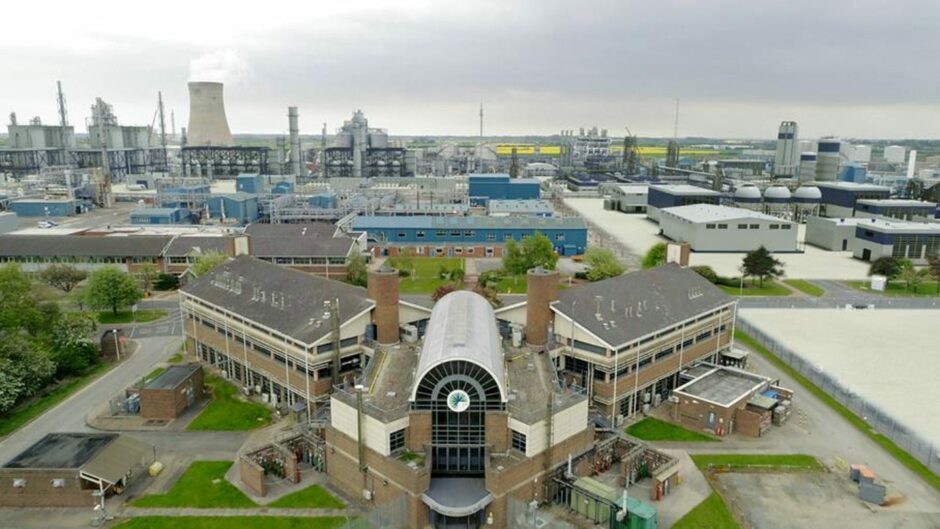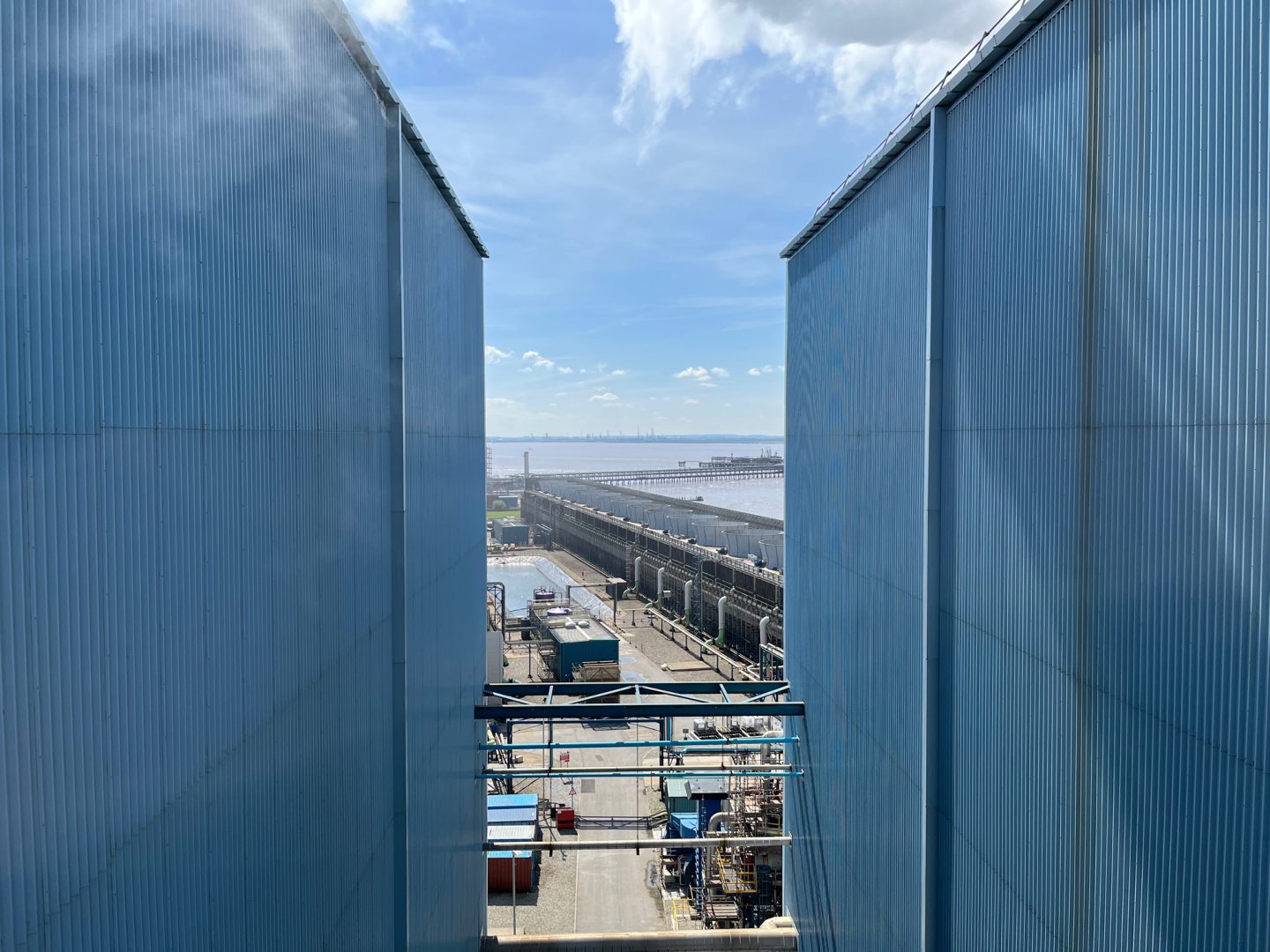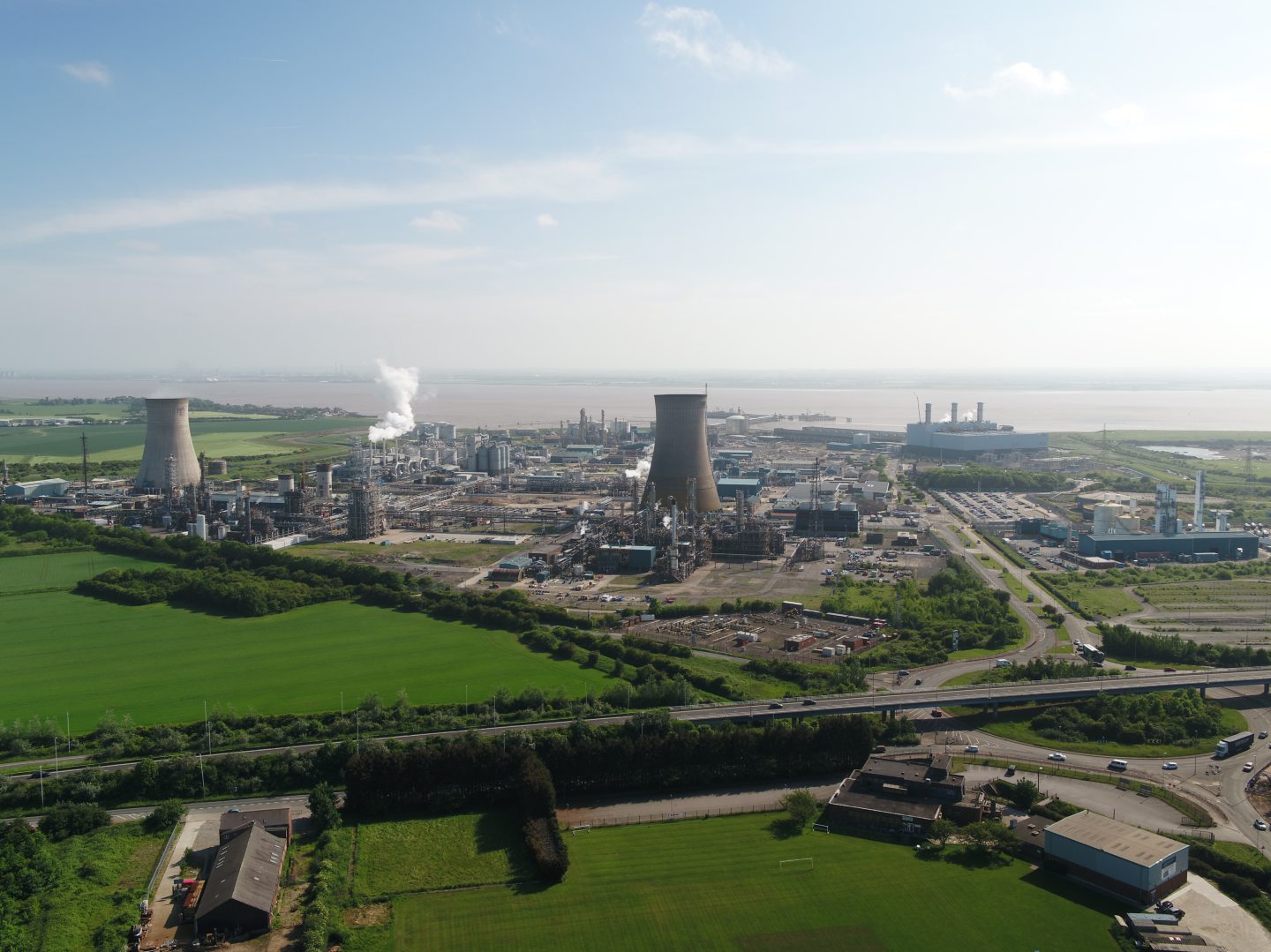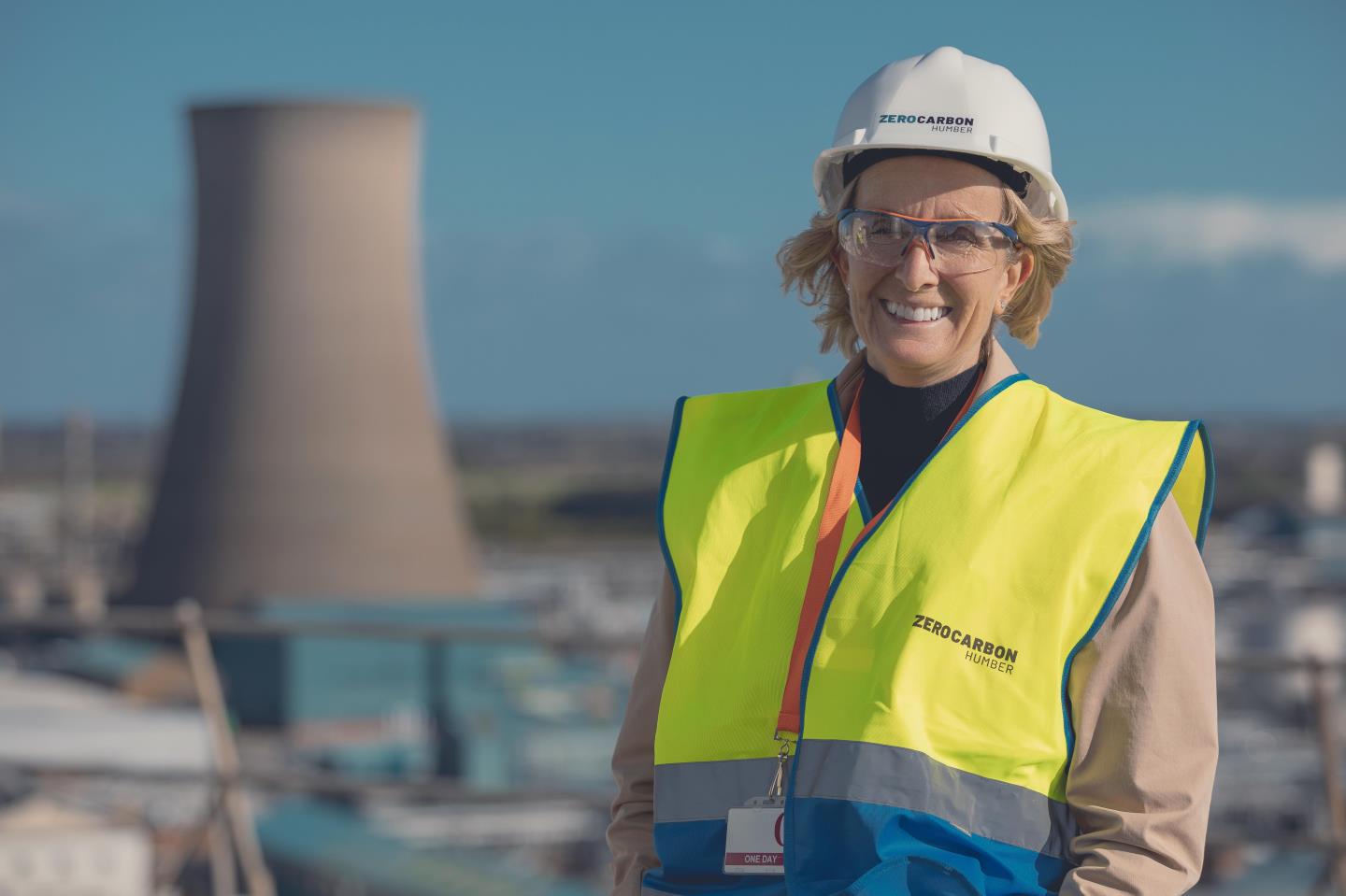
Industrial sites and chemicals plants are rarely portrayed as the new clean industries of the future, but many are now at the sharp end of the energy transition.
Saltend Chemicals Park, on the eastern outskirts of Hull, aims to be one of the leaders.
Owned by BP for nearly a century, the park was bought by asset manager px Group in 2018 – which also operates key sites such as St Fergus gas terminal and the Teesside gas processing plant – in a transaction that saw the company take on full ownership of an asset for the first time.
Based on a footprint of around 370 acres, the park manufactures around 2 million tonnes of high-value products every year, including chemicals, fuels, and construction materials. Residents include companies such as Ineos Acetyls – which operates hydrogen reformer and produces chemicals on site – as well as the likes of bioethanol maker Vivergo, Air Products, Mitsubishi and many more.
The site is also home to Triton Power, which operates a CCGT combined heat and power (CHP) plant which offers not only electricity, but heat and steam used in various processes across the site.
“We are a big integrated site,” explains px Group director for growth and innovation Patrick Pogue. “That’s important because of synergies – the outputs from one plant become the feedstock for the next, and that brings a lot of benefits in terms of energy consumption.”
Set to join the roster of residents is Equinor, which has picked the park as the site of its lynchpin hydrogen and carbon capture project, Hydrogen to Humber (H2H) Saltend.
Billed as the world’s largest such plant, its initial phase comprises a 600-megawatt (MW) auto thermal reformer (ATR) which will convert natural gas to hydrogen.
Locally, H2H will enable customers across the park to fuel switch to hydrogen, and supply deals have already struck with Ineos, Pensana, Vital Energy and Vivergo Fuels. Triton’s CHP will also make the move to a 30% hydrogen-natural gas blend once H2H is online.
Meanwhile, captured CO2 will be moved via a new 15-mile onshore pipeline and compressed at Centrica Storage’s Easington site, before being stored at the Endurance carbon store in the southern North Sea, around 90miles off Teesside.
Completion of the first phase would see emissions from the park fall by nearly 900,000 tonnes of CO2 per year, while longer-term ambitions would see the site potentially reach net zero by 2035.
As Mr Pogue explained: “This is a world-scale hydrogen plant with carbon capture that will decarbonise our energy supplies, but it will also give clean hydrogen that can be used as a feedstock in the site.
“That then integrates into all of the other products – so we are decarbonising the energy but we’re decarbonising the products too, and that’s quite unique in the UK environment.”
H2H also marks the starting point for a wider CO2 and hydrogen pipeline network proposed by National Grid Ventures, as part of the wider Zero Carbon Humber and East Coast Cluster schemes, which will ultimately look to connect energy-intensive industrial sites across the region.
This will be enabled by shared pipelines – delivered by the East Coast Cluster – for low-carbon hydrogen and captured carbon emissions, creating the world’s first net zero industrial region by 2040.
Saltend is an ideal location to start, not least because the Humber emits more CO2 than any other UK industrial cluster – around 37% of the UK’s industrial emissions total – and 1.5 times more than the next largest cluster.
Its size and diversity also go some way towards creating a market for that hydrogen, which until recently, did not exist.
As px chief executive Geoff Holmes explains: “There isn’t a market for green hydrogen right now – that’s the challenge that government needs to help industry solve.”
Comparing the emergent sector to the North Sea ‘dash for gas’ of the 1970s and 80s, he notes that: “Who uses it, who manufactures it, what the pricing structure looks like – that all needs to be answered.”
However, px is hopeful that H2H and local demand across the Saltend park will play a major role in creating “anchor users” upon which a much larger market can be built.
A wider roadmap would include other hydrogen infrastructure such as the Aldbrough Hydrogen Storage Project on the east Yorkshire coast and the world’s first at-scale 100% hydrogen power station at Keadby in North Lincolnshire (both of which Equinor is pursuing in collaboration with SSE Thermal).
Aldbrough especially could be developed relatively quickly, with the two claiming an initial expected capacity of at least 320GWh, which could be ready for use as early as 2028.
A 22-acre space close to the Triton plant has already been cleared for H2H within the park, most likely to be used as a laydown area for construction, with the plant built nearby on another 25-acre plot.
Three consortia – KBR & Tecnimont, Technip Energies and Linde and BOC UK – were selected in late 2021 to conduct pre-FEED activities for the plant, with a winner chosen at the end of 2022.
Equinor then expects to make a final investment decision during 2023, though this is likely to be conditional on the results of the second phase of Westminster’s Track 1 CCS cluster sequencing process.
If successful, the project would move into an engineering and construction phase from 2024-26, with production and capturing beginning some time 2026-27.
Meanwhile, a further 90 acres of space at the site are already earmarked for new inbound investors. Growing interest has led to a pipeline of “probably 14 or 15” businesses looking at the location, with Mr Pogue and other executives now tasked with exploring the potential to acquire new industrial and brownfield land adjacent or near the site for “Saltend 2 or 3”.
“The shared platform of infrastructure, utility, services – the synergies and the value – that’s our business model, that’s what we want to do, and we want to re-use and build upon that and grow,” he says.
“We don’t do big greenfield projects – we use what we have, and this is a message that we’ve been discussing with all of the customers on all the projects we’re going to do – can we reuse existing infrastructure?”
“Everyone talks about decarbonisation and net zero, as being super important. But in the short term, energy efficiency is the real priority,” he adds.
This is no doubt helped by the new portions of the site being granted freeport status, which in tandem with its efforts on energy supplies and integration, is now one of the key drivers of commercial interest.
Retaining that focus on integration also helps the group screen out projects which are unlikely to be a good fit, Mr Pogue says.
“Whereas they’re getting shareholder pressure and funding pressure that says ‘You’ve got to do this,’ we’re looking at those projects and saying: ‘Does that meet some of the criteria of what we want for the long term? Is it a sustainable development? Can it integrate, can it bring efficiencies? Can it be part of that transition?’”
Expanding this philosophy across px’s operations is clearly paying dividends, especially as it now looks further afield to markets like Norway for future growth.
Asked about the company’s future intentions, Mr Holmes said: “We are looking for opportunities that are not capital-intensive in terms of owning the infrastructure, but bringing px’s expertise and track record of running assets, driving efficiency, improving safety performance and creating value.
He said this could take the form of new acquisitions or a “more traditional” contracting relationship, but with a breadth of expertise to draw on, there are clearly many opportunities to explore.
“We were set up in 2016 with the sole purpose to invest in decarbonising the supply chain. And in reality, that’s not necessarily only investing in mega-decarbonisation projects like H2H Saltend or Acorn – it’s looking at technology that’s proven now and needs investment capital to scale it up quickly,” he says.
 © Supplied by Andrew Dykes
© Supplied by Andrew Dykes © Supplied by px Group
© Supplied by px Group © Supplied by Equinor
© Supplied by Equinor